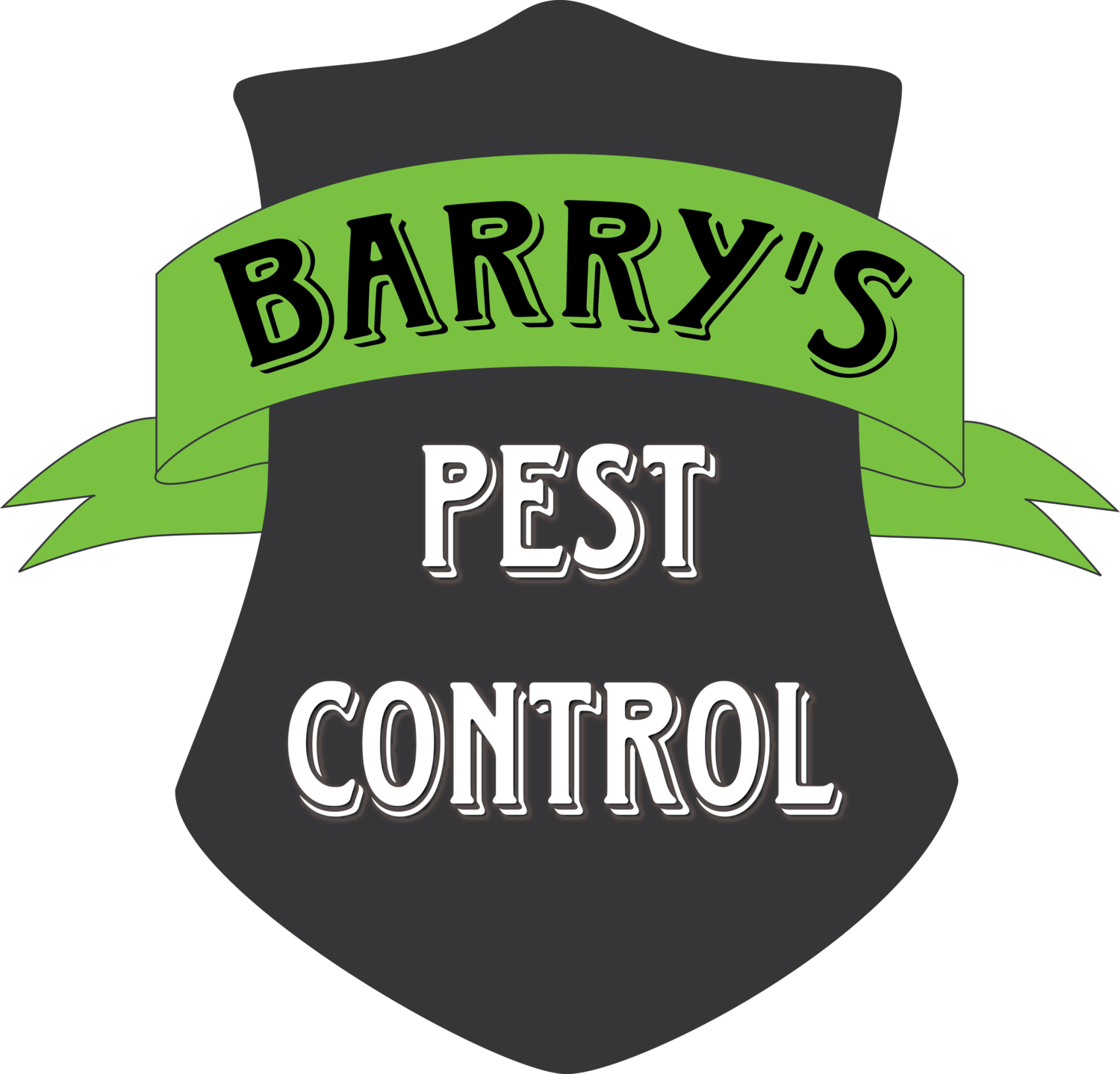Flies
Flies Small flies — big problems. Flies spread disease and can be a nuisance in your home or business. Barry's Pest Control has a complete solution by getting to the source of your fly problem — the breeding sites. We can provide identification of fly species and customize a plan according to your needs.
Fruit Fly
Appearance:
- Color: Tan/light abdomen
- Legs: 6
- Shape: Small oval
- Region: Found throughout the U.S.
General Information: Fruit flies live for 8-10 days. In that time, females lay around 500 eggs, using rotting fruit or vegetables as their nest.
Diet: Fruit flies feed on decaying fruits and vegetables. More specifically, they like the yeast that breaks down the sugar in these items during the fermentation process. As this decomposition occurs, the yeast produces the by-product of alcohol, which many species also enjoy — incidentally, the preference for alcohol is also why they tend to congregate around wine and beer bottles, and why they are sometimes a problem in bars and restaurants.
Habitat: Fruit flies are commonly found in homes, restaurants and other facilities where food is processed. They are especially attracted to sitting garbage.
Risks: Fruit flies are found in garbage dumps, trashcans, compost containers, open bowls of fruit. They are a potential health concern.
Prevention:
Keep your home clean.
- Remove kitchen trash every day and keep kitchen counters clean.
- Immediately remove rotting food from your home.
House Fly
Appearance:
- Color: Dark gray
- Legs: 6
- Shape: Small oval Size: ¼”
- Region: Found throughout the U.S.
General Information: House flies get their name from being the most common fly found around homes. Adult house flies can grow to one-quarter of an inch long and usually live between 15 and 25 days.
Diet: Flies do not have teeth or a stinger. Their mouths absorb food like a sponge. They can only eat liquids but they can turn many solid foods into a liquid through spitting or vomiting on it. Their tongues are shaped like straws so they can suck up their food. They eat any wet or decaying matter, but they are particularly attracted to pet waste because the odor is strong and it is easy for them to find.
Habitat: Houseflies tend to stay within 1-2 miles of where they were born but will travel up to 20 miles to find food. They breed in garbage cans, compost heaps and pet areas.
Risks: These insects have been known to carry over 100 different kinds of disease causing germs.
Prevention:
- Keep you homes clean.
- Remove trash regularly and seal your garbage cans.
- Clean up pet waste immediately.
- Use fine mesh screens on doors and windows to prevent flies from getting into your home.
Drain (Moth) Flies
Appearance
- Size: Adult – 3/16″ in length.
- Color: Grey colored fly with hairy wings – which make it look like a moth.
Lifecycle: Moth flies lay eggs in a mass of 30 to 100 which hatch in less than 48 hours. The larval stage lasts from 9 to 15 days and the pupal stage lasts from 20 to 40 hours. Adult flies may live about 3 weeks.
General Information: Drain (moth) flies have bodies about the same size as fruit flies, but have much larger, hairy wings, looking like a moth. They are not great fliers, so they remain close to their breeding areas. Commonly found in drains or in an area which frequently has dirty water running over it and is undisturbed. They are strongly attracted to light.
Habits: In homes, moth flies usually originate in sink, bathtub, shower, or floor drains, especially drains that are seldom-used or slow-running. The larvae feed on sediment, decaying vegetation and microscopic plants and animals.
Prevention
- Good sanitation
- Clean drains of organic buildup (ask about our bioremediation services)
- Use products that utilize bacterial or enzymatic action to eat the organic buildup.
Phorid (Humpback) Flies
Appearance
- Size: Adults are 1/64-1/4” long
- Shape: Hump-backed appearance.
- Color: Brown, black to yellowish.
Lifecycle
- Females lay between 1-100 eggs at one time, up to 749 in her lifetime.
Habits
- Larvae breed in a wide variety of moist decaying organic matter.
- Unusual breeding sites include; broken sewage pipe leaks under concrete slabs, tin of boot polish, bucket of animal based glue. And body fluids in mausoleums.
General Information: Phorid or humpback flies have an arched thorax, small dark eyes and characteristic veining at the base of the wings. They are typically only a major problem in the case of chronic water leaks in walls or sub-slab. They are attracted to light.

